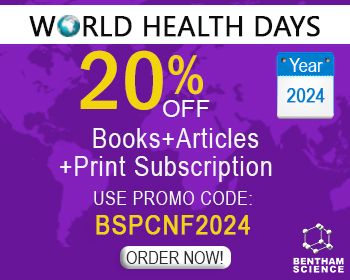Abstract
Signs supporting antiinflammatory effects of H1-antihistamines were first reported long ago, but their clinical relevance remains controversial, especially with respect to their ability to inhibit the release of histamine and other preformed mediators. Experimental studies have documented that H1-antihistamines may affect several inflammatory events, including chemotaxis and the survival of eosinophils, the expression of adhesion molecules, and the release of chemokines and cytokines from different sources, thus highlighting the potential for a modulation of chronic inflammation and immune responses. Interestingly, a specific inhibitory effect on Th2-type cytokine secretion has been demonstrated for some new generation antihistamines. The mechanisms responsible for the antiinflammatory activity of H1-antihistamines are still unclear, but are presumed to be both receptor-dependent and receptor-independent. Recent findings have indicated the ability of these drugs to down-regulate intracellular signaling pathways, i.e., NF-κB. In this article, the current knowledge and novel findings about the antiinflammatory action and mechanisms of H1-antihistamines are briefly reviewed and critically analyzed, from the standpoint of possible clinical implications with special reference to skin disorders.
Keywords: Antihistamine, histamine, H1-receptor, inflammation, cytokines, mediators, mechanism of action, skin

























